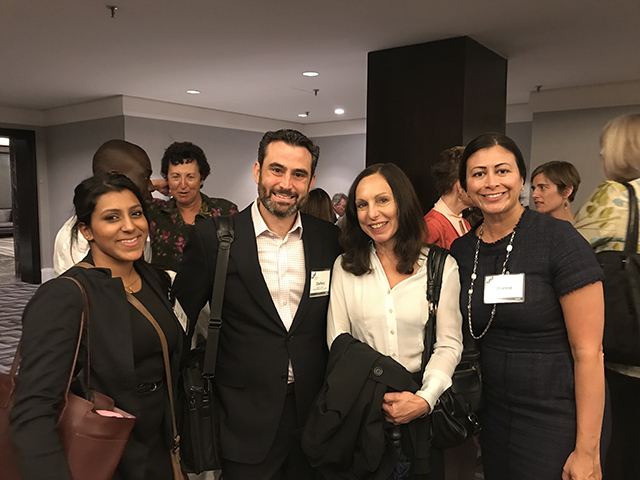At a breathtaking pace, with rapid progression of slides and capsule descriptions of the plethora of startups and other recent entrants into all aspects of the real estate industry, Steve Weikal, Head of Industry Relations at the MIT Center for Real Estate, described a business that is changing so fast it’s almost impossible to keep up with.
Weikal’s message was that technology is enabling a record-speed wave of innovation, creating new products services, and ways of doing business.
Ninety percent of the data available today was produced in the last five years, Weikal said. The amount of data produced and collected is doubling every two years, made possible by increased connectivity and breakthroughs in technology. It’s being driven by “big, small, and smart data,” he said.
Younger people are revolutionizing the industry, which is increasingly tech-savvy and mobile. The attraction to urban lifestyles has led to “suburbanizing,” or bringing an urban feel to nonurban neighborhoods. There have been 1,800 real estate startups globally since the trend toward technology in commercial real estate began, in about 2011. Now there are increasing numbers of mergers, acquisitions, and closures, though also, “We’re still at a point where a lot of them aren’t making money.”
One estimate is there was $451 million invested globally in 2013 in real estate technology – and $2.7 billion in 2016. The estimate for this year is $3 billion.
New technologies are changed the industry in marketing, leasing, smart buildings, energy, 3D imaging, asset management, investment and deal analysis, mapping, virtual reality, land registry, brokerage, tenant-landlord relations, tenant-to-tenant relations, and building operations and management. U.S. and foreign companies are competing.
Weikel named about 100 new or relatively new companies – by name – that have competed or are competing in the real estate space today. Only a handful of the professionals in the audience had used any of them – or in many cases even heard the names.
There were not only familiar ones like Waze and Siri but also unlikely names like Beagle, Breather, The Bureau Dubai, Dwelo, Honest Buildings, Zonar, and 42 Floors.
Coworking places have increased from 1,130 in 2011 to 13,800 in 2017, he said, today serving more than a million members or workers. Firms of fewer than 100 employees are growing, those of more than 300 are shrinking.
Work space is being “fracked,” Weikal said. Companies are providing unused space to new small companies they can collaborate with in some way. Rooms, desks, storage, casual space, warehouse areas – they’re all being listed, marketed, and rented or leased.
The trends are to flexibility, increased velocity of deals, shorter-term leases, and licensing rather than leasing. It’s knowns as “real estate as a service.”
New currencies are part of the change, Weikal said. “Blockchain is to transactions as the internet is to information” is an accurate way he said he has heard it described.
Weikal summed it up: “Better faster cheaper.”
Hold on for the ride.












